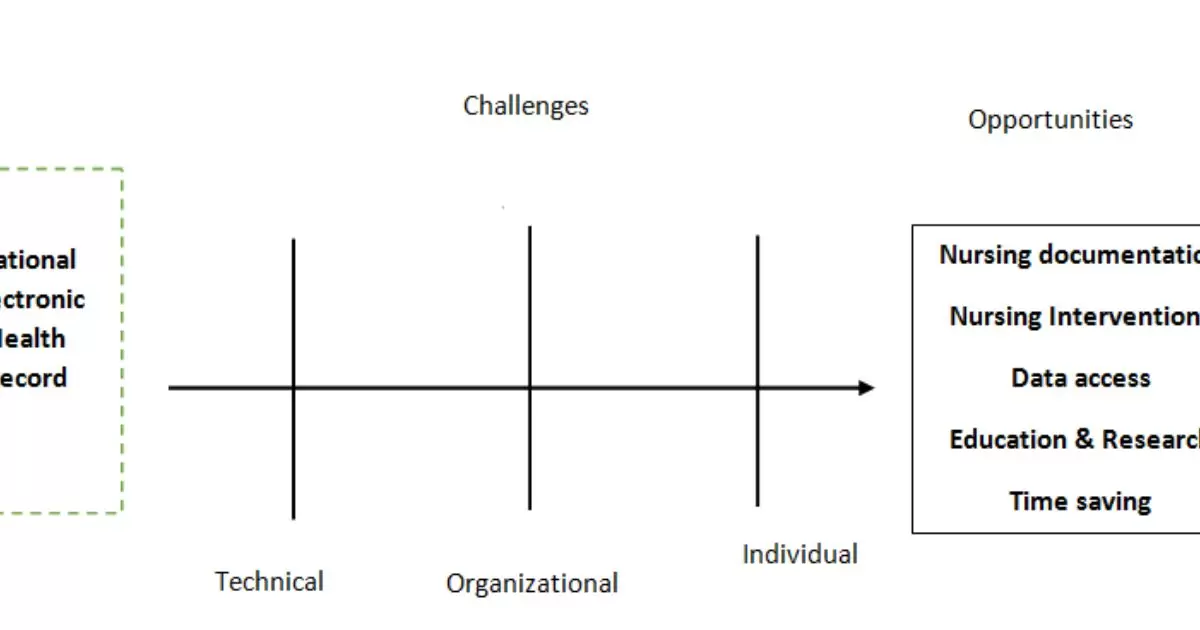Introduction
“Digital number plates offer real-time updates and enhanced security but face challenges with costs and public acceptance. Overcoming these obstacles is key.”
In today’s rapidly advancing technological landscape, number plates are evolving from traditional metal tags to sophisticated digital displays. This shift promises to revolutionize vehicle identification, offering enhanced functionality and greater flexibility.
However, this transformation comes with its own set of challenges and opportunities. This article explores the complexities of digitizing number plates, the benefits and potential of digital plates, and how these innovations are shaping the future of vehicle registration.
The Challenges of Digitizing Number Plates
TThe transition to digital number plates is not without hurdles. Here are some key challenges that need to be addressed:
- Data Security and Privacy: One significant challenge is ensuring data security and privacy. Digital plates, which often include electronic displays, are vulnerable to hacking and unauthorized access. Ensuring that these systems are protected against such threats is crucial for maintaining their integrity and reliability.
- Cost of Implementation: Another challenge is the cost associated with upgrading existing infrastructure to support digital number plates. This includes not only the cost of the plates themselves but also the expense of installing and maintaining the necessary technology. The financial burden can be significant for both government agencies and vehicle owners.
- Regulatory Hurdles: Regulatory hurdles can slow down the adoption of digital plates as governments and agencies work to create and enforce new regulations. Developing a comprehensive regulatory framework that addresses issues such as data protection and operational standards is essential for smooth implementation.
- Public Acceptance: There is also the issue of public acceptance. Many drivers are accustomed to traditional plates and may be hesitant to adopt new technology. Overcoming this resistance involves educating the public about the benefits and functionality of digital plates and addressing any concerns or misconceptions they may have.
- Technical Challenges: The integration of digital number plates with existing vehicle systems and infrastructure presents technical challenges. Ensuring compatibility with various vehicle models and ensuring that the technology performs reliably under different environmental conditions are crucial for successful deployment.
The Opportunities Presented by Digital Number Plates

Digital number plates offer a range of opportunities that can significantly impact vehicle registration and identification processes. These plates can display dynamic information, such as registration status, which can be updated in real-time. This feature can streamline processes like vehicle registration renewals and reduce the need for physical paperwork.
Moreover, digital plates can enhance security through features like GPS tracking and tamper alerts. These functionalities can help in recovering stolen vehicles and preventing fraud. Additionally, digital plates can integrate with smart city initiatives, contributing to improved traffic management and enforcement.
Why Choose 4D Number Plates?
Benefits of Digital Number Plates
| Opportunity | Description |
| Dynamic Information Display | Allows real-time updates and notifications. |
| Enhanced Security | Includes features like GPS tracking and tamper alerts. |
| Integration with Smart Cities | Supports better traffic management and enforcement. |
| Reduced Paperwork | Streamlines administrative processes and reduces physical paperwork. |
Preparing for the Future with High-Quality Number Plates

As digital number plates become more prevalent, preparing for the future involves investing in high-quality materials and technology. Ensuring that digital plates are durable, weather-resistant, and compatible with existing systems is essential. High-quality materials will also extend the lifespan of the plates and reduce the need for frequent replacements.
Additionally, it’s important to focus on user-friendly designs. Digital plates should be easy to read and operate, with intuitive interfaces for both users and law enforcement. Preparing for the future also means staying updated with the latest technological advancements and incorporating them into the design of number plates.
Case Study: Digital Number Plates in California
California has been a pioneer in adopting digital number plates. The state introduced a pilot program to test these plates’ effectiveness in improving vehicle management and law enforcement. The digital plates used in California feature dynamic displays that can show messages like “Stolen Vehicle” or “Registration Expired.”
The pilot program highlighted several benefits, such as improved efficiency in law enforcement and reduced administrative burdens. However, it also brought attention to issues like privacy concerns and the need for robust security measures. The insights gained from this case study are valuable for other states considering similar implementations.
Additional Tips
- Stay Informed: Keep up with the latest developments in digital number plate technology and regulations.
- Invest in Quality: Choose high-quality, durable digital plates to ensure longevity and reliability.
- Understand Regulations: Familiarize yourself with local and national regulations regarding digital number plates.
- Educate the Public: Provide clear information and benefits of digital plates to encourage adoption.
- Prioritize Security: Implement strong security measures to protect against hacking and unauthorized access.
ANSWER TO KEY QUESTION
- What are digital number plates?
Digital number plates are electronic displays that show vehicle registration information and can be updated in real-time. They offer advanced features compared to traditional metal plates.
- What are the main challenges of digital number plates?
The main challenges include ensuring data security, managing the cost of implementation, overcoming regulatory hurdles, and gaining public acceptance.
- How do digital number plates enhance security?
Digital number plates can feature GPS tracking, tamper alerts, and real-time updates, which help in recovering stolen vehicles and preventing fraud.
- What benefits do digital number plates offer?
Benefits include dynamic information display, reduced paperwork, enhanced security, and integration with smart city technologies for better traffic management.
- What can be learned from the California case study?
The California case study demonstrates the benefits of improved efficiency and reduced administrative burdens, but also highlights issues like privacy concerns and the need for robust security measures.
- How can I prepare for the future with digital number plates?
Invest in high-quality materials, focus on user-friendly designs, stay updated with technological advancements, and ensure compliance with regulations.
Conclusion
The advent of digital number plates marks a significant step forward in vehicle registration technology. While there are challenges to overcome, including data security, cost, and public acceptance, the opportunities offered by digital plates are substantial.\
They promise enhanced functionality, improved security, and integration with emerging smart city technologies. As we prepare for the future, focusing on high-quality materials and user-friendly designs will be key to the successful adoption of digital number plates.

Hi! I’m Liam Scott, the creator behind DriveCarsPedia.com. I’m passionate about cars and dedicated to providing you with expert reviews, detailed guides, and the latest automotive trends. Explore my site for reliable information and insights to fuel your love for cars!








